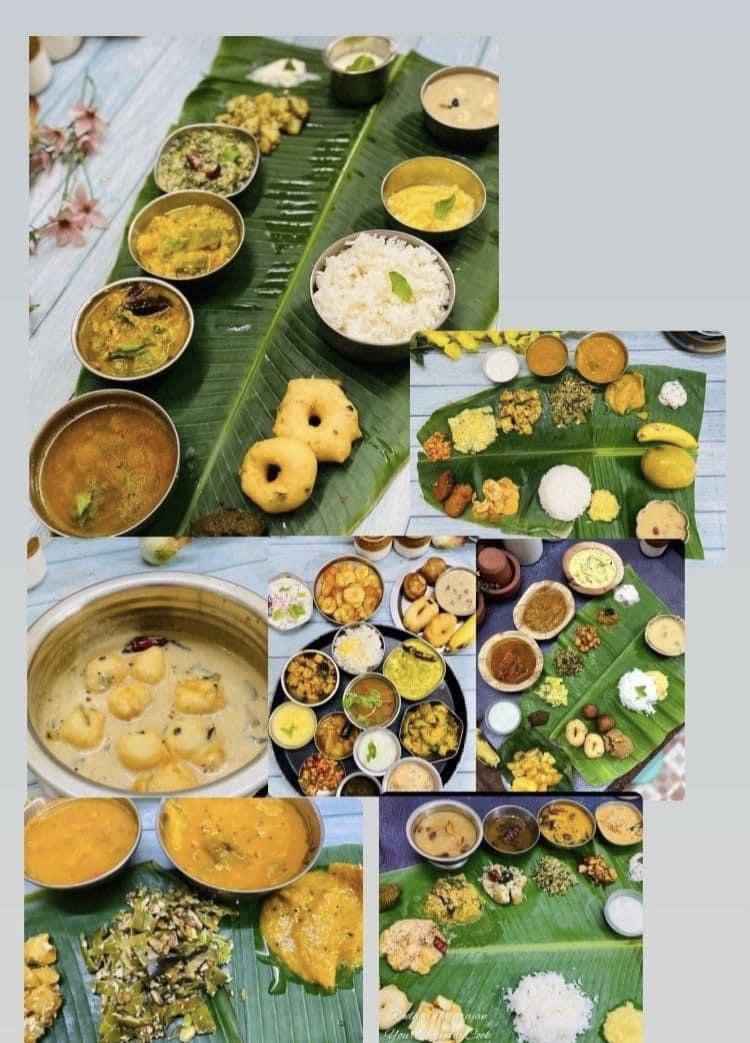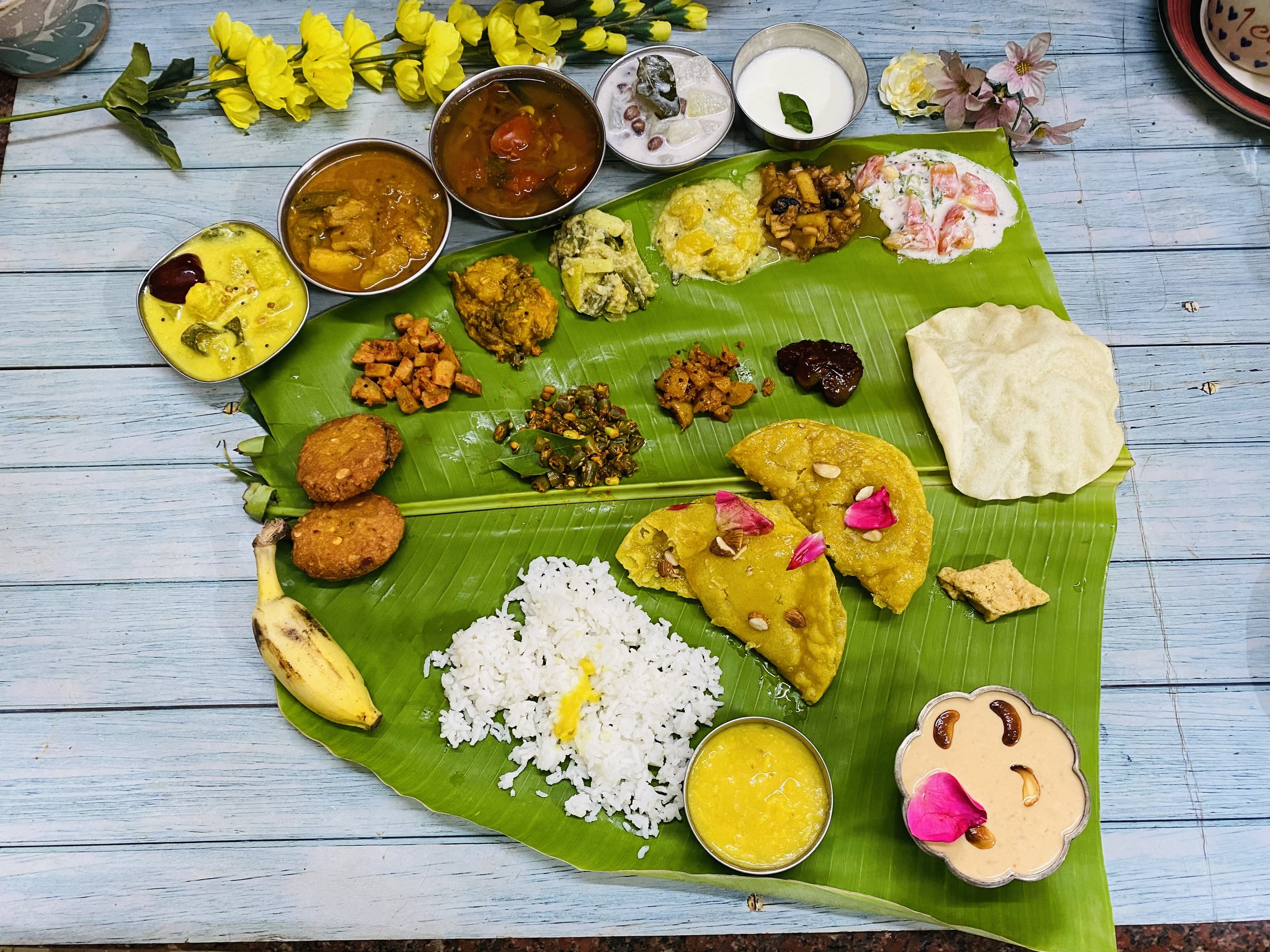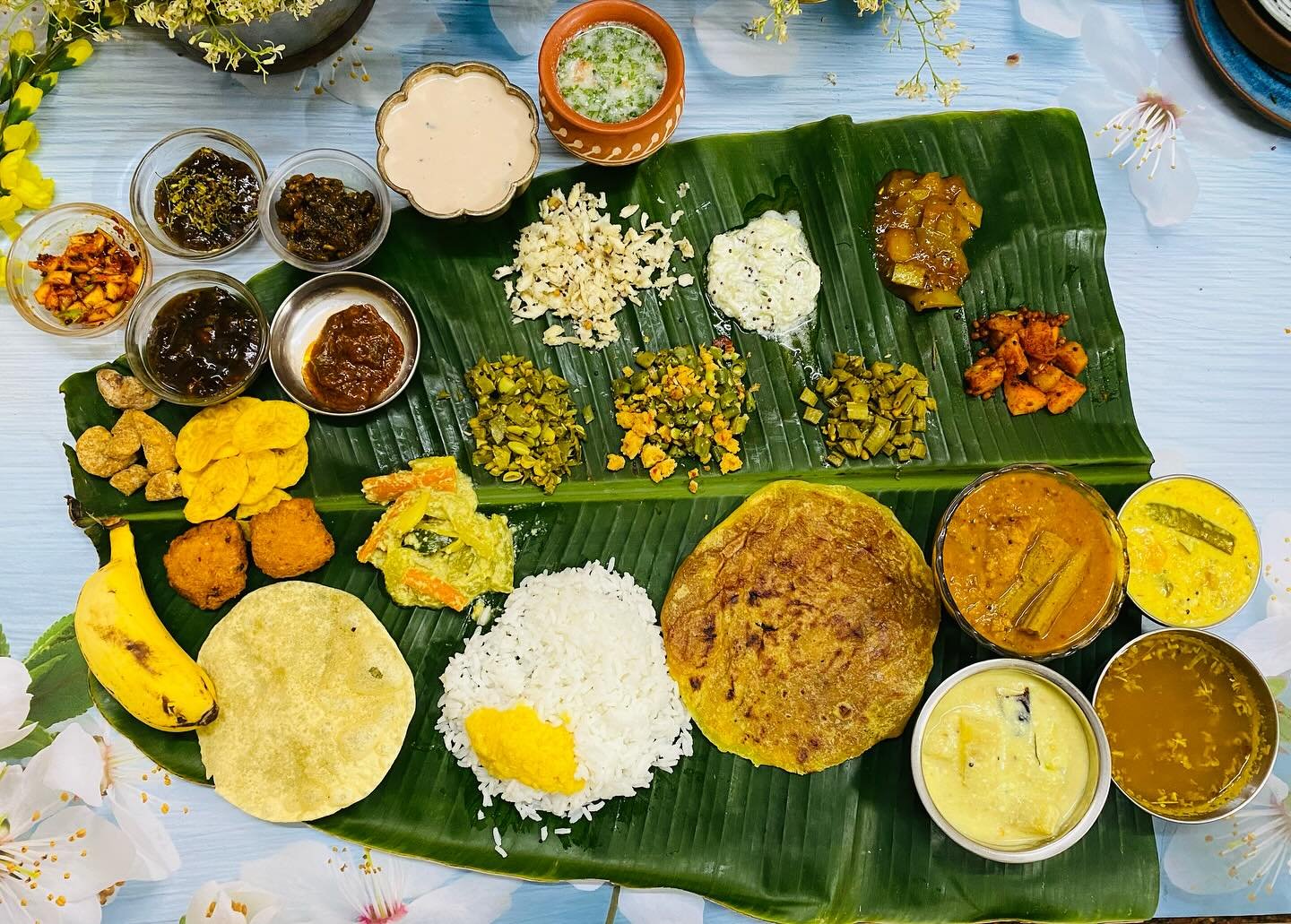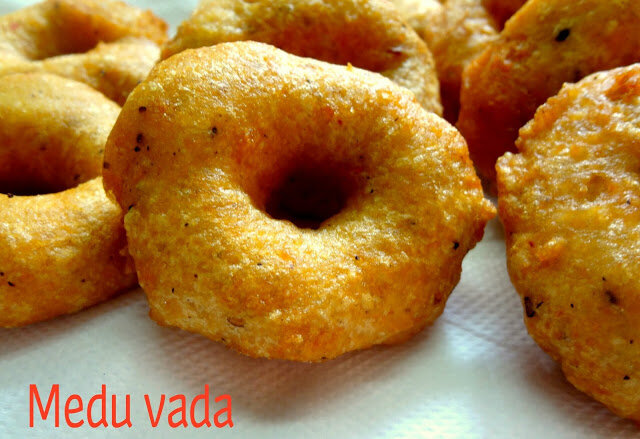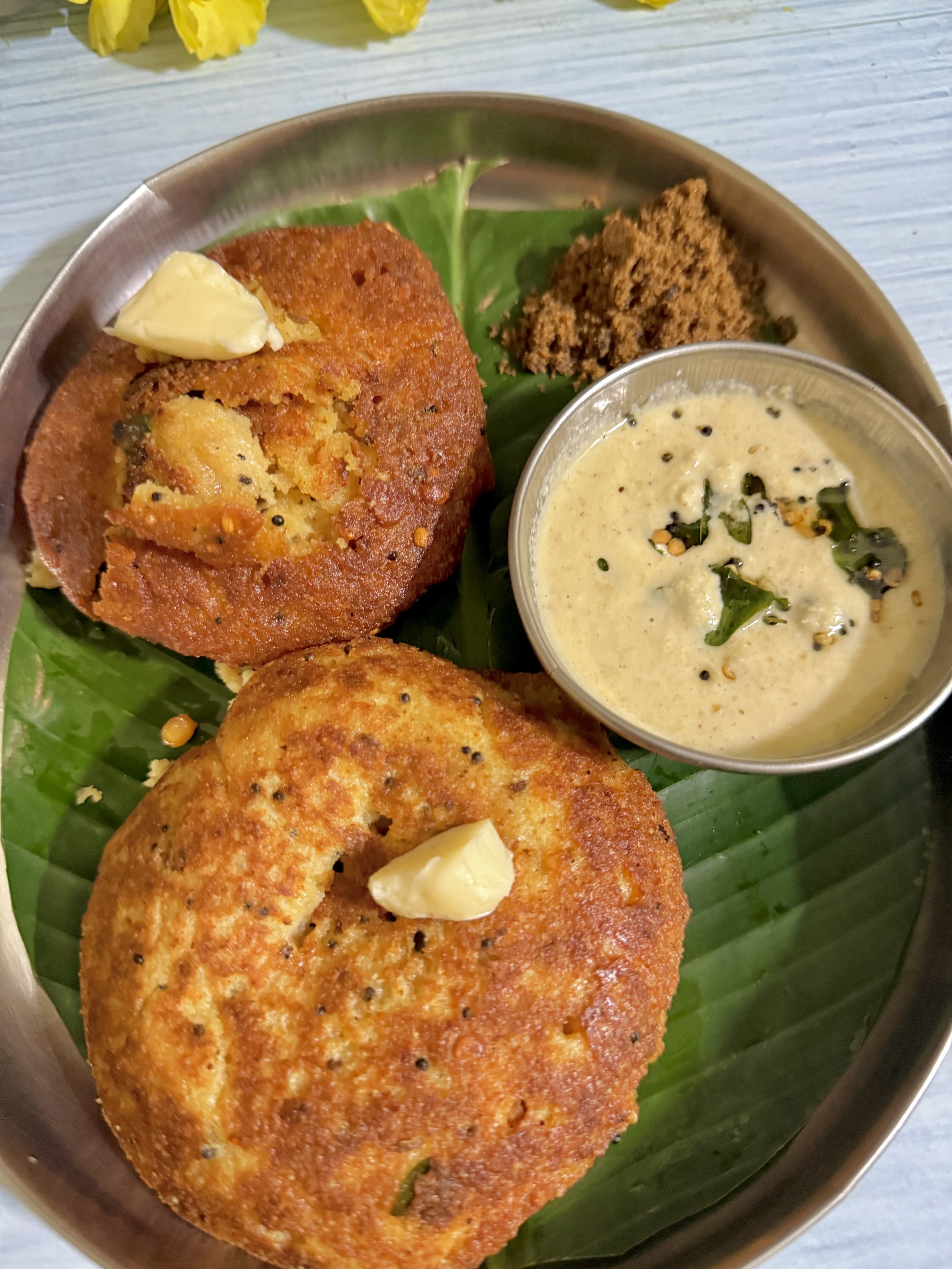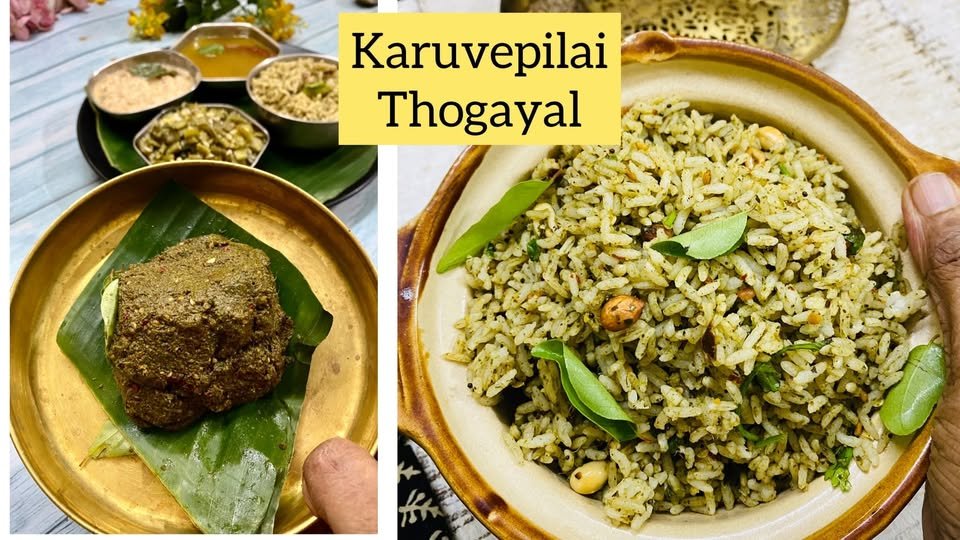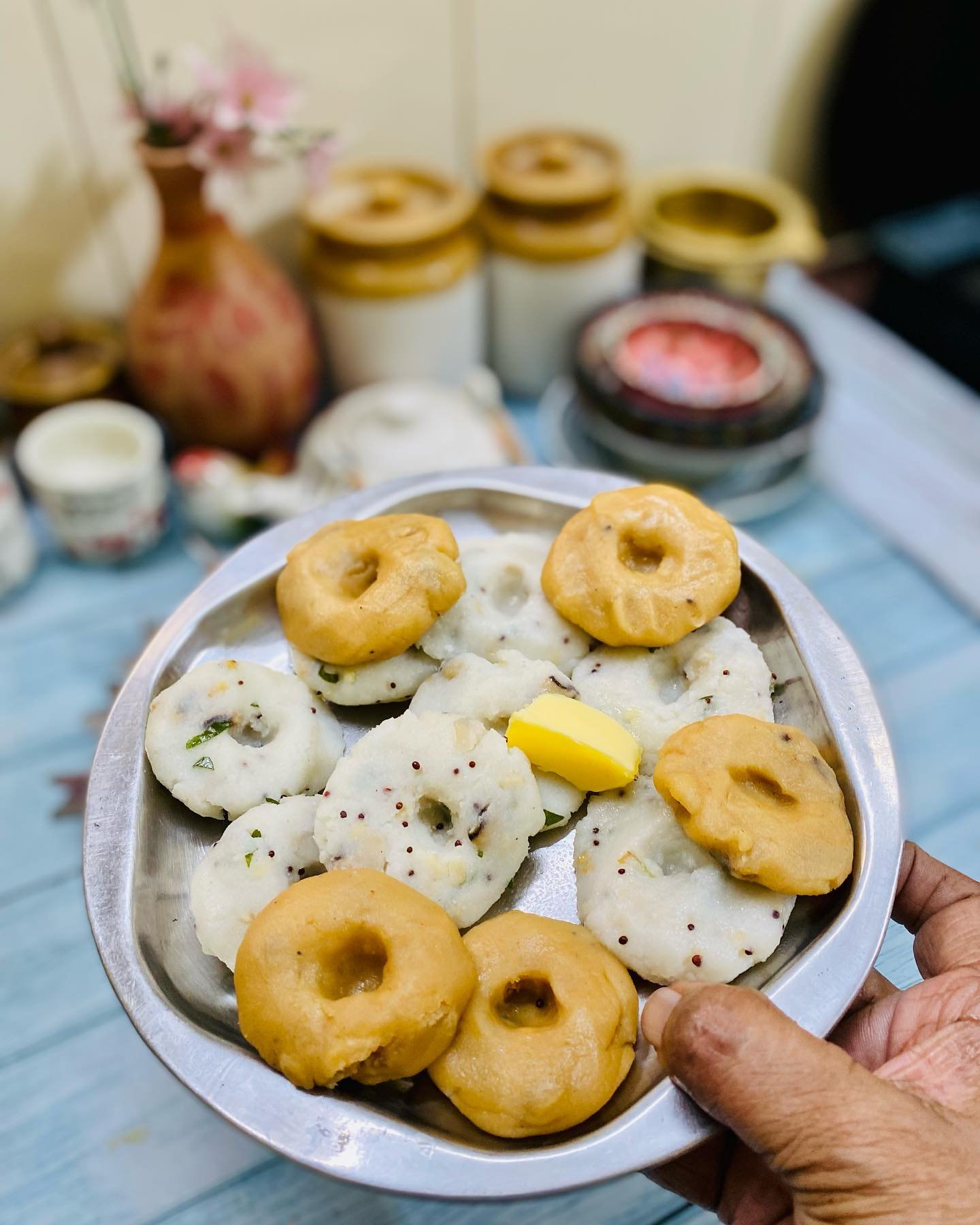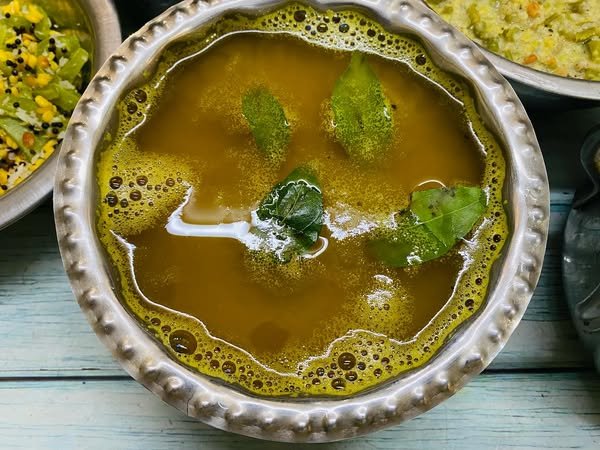Aadi Ammavasai and recipes
Aadi ammavasai
Aadi Ammavasai falls on 16 th August 2023
aadi ammavasai
source google images
During the Tamil month of Aadi, just as every Friday (Velli Kizahamai) is considered to be auspicious and ideal for worshiping Hindu Goddesses, especially the various incarnations of Shakti, . Similarly Aadi Ammavasai is equally important to perform oblations to our forefathers by the male successors .
Aadi Amavasya is the new Moon Day that falls in the Tamil month of Aadi (July – August).
Aadi Amavasai is one of the three most powerful days to offer the
Tarpanam to honor ones ancestors and receive their blessings.
It is believed that in Aadi Amavasai, spirits are eager and more than willing to accept our offerings to them and the souls are satisfied are when their successors perform tarpanam rituals for them.
Also every year in the month of Aadi, the sun moves to the south,
which is called ‘Dakshinayanam’.
Since this is the first day of the New Moon of the period, it is considered the most powerful day to perform tarpanam rituals to their ancestors.
It is considered ideal to perform the ritual on natural water bodies by taking a dip in sacred water sources. It is believed that it helps cleanse oneself of impurities before starting the Tarpanam Puja. Devotees also gather at the Agni Theertham in Rameshwaram on this sacred day.
Our Epics Mahabharata says that every human soul owes the Trinity Lords – Brahma, Vishnu and Shiva – three major debts. One of them is ‘Pitru Rin’ (the debt to ancestors). This is owed to Lord Brahma and it is cleared by performing Tarpanam rituals for ancestors.
Amavasai day is considered an auspicious for the worship of forefathers and made pujas for them.
On Amavasyas, Shraadh Puja is done to forefathers by sons.
Rituals on Aadi Amavasai:
Usually the shradh rituals are performed near river banks or pond , sea , near water sources if possible to obtain the blessings of their ancestors. It is considered auspicious and mandatory to take a dip in the waters in natural sources before the commencement of the shradh rituals .
Agni Theertham in Rameshwaram, South India, is considered very important for the purpose of performing rituals to forefathers . similarly sacred places like Thriveni Sangamam at Kanyakumari and the ghats at varanasi are considered holy for performing such rituals .
Usually on the shradh day rituals are performed with a single meal and fast for the remaining day, some choose to fast whole day .
According to Garuda Purana, offering your ancestors (sesame seeds)
and water in this day pleases them and ensures longevity, success, debt relief, destruction of enemies and offspring.
The deities for pitrus are Vasu, Rudra and Aditya and invoking them by chanting mantras so that food reaches the ancestors. The deities transport the food called ‘swadha’ to pitrus which is accepted with great satisfaction .
Foods cooked for Aadi Ammavasai
All foods to be cooked with no onion and garlic using only country vegetables . examples
aadi amavasai menu..
click on red links for individual recipes from this blog or some from my Youtube channel also .
podalangai poricha kozhambu ( snakegourds with moong dal and spices )
Pavakkai plus moong dal or Pavakkai pitla ( either kootu or kari with bittergourds )
poricha kozhambu with avarakkai ( flat beans )or pumpkinscucumber pachadi or Pdalangai / poosanikai thair pachadi
A typical menu for aadi ammavasai
Aadi ammavasai
Kindly note ammavasai samayal is usually like that of a srardham so only country vegetables are used also certain ingredients like chana dal, toor dal , green chilies , asafoetida are not used , instead moong dal , udad dal , specailly ground curry podi is used to garnish vegetables . How ever all dishes can be prepared according to ones family customs .
Rasam podi , sambar podi is also freshly ground for cooking .
Please check this post for more details about ingredients not allowed for srardham, ammavasai and Mahalaya / pitru paksha month . you can choose few dishes from the list and prepare accordingly .Read more about Mahalaya/ Pitru paksha here
Having said this, once again it is upto ones family customs so do consult with your elders and cook accordingly .
Some typical dishes are
Pumpkin / poosanikai rasavangi
chana dal moong dal coconut payasam
curd rice and amla pickle
In the Thaali shown :
Pumpkin aracha vitta sambar
Plantain curry
Snakegourds poricha kootu
Tomato rasam
Curd rice and curry leaf thogayal
Medu vadai with mint coriander chutney .
Rasam
Ingredients:
3 small tomatoes quartered.
sprigs of curry leaves to garnish.
Chopped coriander leaves to garnish.
A small piece of ginger
1 green chilli
To roast and grind:
1 tsp cumin seeds
1 tsp black pepper
2 red dry chillies
Pinch of asafoetida
2 tsp Coriander seeds
1 tsp Toor dal/Red gram
A pinch of turmeric powder
salt to taste.
For seasoning
1 tsp mustard seeds
1/2 tsp cumin seeds
1 red chilly
2 tsp oil.
Method:
Keep the tomatoes, washed and quartered.
You can make a tomato puree by adding the green chilli, and ginger to tomatoes and make a puree.
Add some water to the puree to thin it , around 3 cups. Another method is to add the quartered tomatoes with little water, green chilli,, ginger and sprigs of curry leaves, turmeric powder, and pinch of asafoetida powder to boil for a few minutes till the tomatoes soften and gets cooked. Or make a puree.Choose your method.
Keep the tomato puree in the vessel in which you will prepare the rasam, add turmeric powder, salt, pinch of asafoetida and also some curry leaves to let the flavors get infused in the rasam.While the mixture is boiling, roast and grind the ingredients given under the heading and add the powder to the rasam boiling.
Check for salt, add some chopped coriander leaves.
When the rasam comes to a boil and starts frothing, remove and cover immediately.
Prepare the seasoning by heating the oil, crackling the mustard seeds, and let the red chilli crisp a bit, add some curry leaves also to crisp and pour this seasoning over the hot rasam.
Enjoy this hot rasam with rice or good enough to drink as it is.
Pumpkin Arachavitta sambar
Ingredients:
1 /2 cup pumpkin cubes.
1 tomato chopped into pieces or tomato puree.
1 small lime size tamarind. ( soaking in water or warm water helps quick easy extraction of pulp)
3 tbsp chopped coriander leaves
1/2 cup Toor dal ( Red gram ) cooked and mashed well. or use moong dal cooked if customs dont allow toor dal as ammavasai menu is typically prepared like that of a sharadham samayal
To roast and grind
1 tbsp coriander seeds/dhaniya seeds
1 tsp chana dal/Kadala parupu/ skip on ammavasai days
1/2 tsp fenugreek seeds/methi seeds/ skip for ammavasai
2-3 red dry chillis. ( either small rounded ones or long red chillis.)
1 tsp rice flour
Generous pinch of asafoetida powder. / skip for ammavasai samayal
1/2 cup of a small coconut ( Freshly grated coconut/dry can also be used but fresh tastes good.)
For seasoning
1 tsp mustard seeds
2 tbsp oil ( 1 tbsp of this for roasting the spices )
2 red dry chillis
sprigs of curry leaves
Method:
Pressure cook the dal with little water and mash the dal when cooled and keep this aside.
1. Chop pumpkins into small cubes.
2. Extract tamarind water to make around 1 1/2 cups.
3. Keep the tamarind water to boil by adding turmeric powder, salt and pinch of asafoetida powder.
Add the chopped vegetables including the chopped tomato or tomato puree along with some sprigs of curry leaves to enhance the flavor. Add some chopped coriander leaves also at this stage.
4.Roast all spices except coconut and grind along with coconut when cooled in small mixie jar with little water.Keep the ground paste aside. Rice flour also to be added while grinding the roasted spices , to help thicken the sambhar .
5. When the vegetables seem to be cooked and soft , and when the boiling tamarind mixture with the vegetables starts emanating a good aroma,and seems little reduced in quantity by becoming slightly thick, add the cooked dal and ground paste and keep the flame on a low.
6 If the consistency now appears to be very thick, thin it by adding little water from the dal.. Do not boil for long after adding the ground paste, take it off when the sambhar starts to boil.
7. Prepare the seasoning by heating oil in a tadka pan, crackle mustard seeds, add red chillis, and some more curry leaves and pour this on the prepared hot smabhar.
Garnish with chopped coriander leaves.
Raw plantain curry ( must for Ammavasai )
Ingredients:
2 medium sized raw green plantains
1/2 cup grated fresh coconut
1 tsp turmeric powder
1tsp mustard seeds
1 tsp cumin seeds
1 green chilli, 1/2 tsp asafoetida/hing powder
2 red dry chillies
1 tsp spilt udad dal
2 tsp coconut oil/cooking oil
salt to taste
1/2 tsp pepper powder
Method:
Peel the raw plantains and cube them to small pieces and keep them in water to prevent blackening .
Put oil in a broad pan and heat it to splutter the mustard and spilt udad dal seeds. Add the dry red chillies. and the cubed plantains .
Add the turmeric powder,salt,asafoetida powder little pepper powder and little water enough to cook the plantains.
Meanwhile take the grated coconut,cumin seeds,green chillies and grind them in the mixie without adding water coarsely.
As the raw plantains cook very quickly,check to see if done and just before taking off from the gas stove,stir in the coarse grated coconut mixture over the vegetable.Garnish with sprigs of curry leaves.Goes well with rice,moor kootan.
Podalangai poricha kootu / snakegourds lentils
Ingredients
3 small snake gourds seeds removed if any.1/3 cup of toor dal and 3 tbsp of moongdal / ( optional )1/2 cup of grated coconut Salt to tasteTo roast and grind with grated coconut .
3 tsp of urad dal
1 black pepper
1/2 tsp cumin seeds
2 red chillies
Pinch of turmeric powder
Pinch of asafoetida/hing powder
For seasoning
sprigs of curry leaves
½ tsp mustard seeds
1 or 2 smal dry red chillies.
Method
Pressure-cook the dals and keep aside after mashing them with a ladle while still hot so that it becomes nice and smooth.
Finely chop the snake gourds after washing them. Cook them in a pan with little water, pinch of turmeric powder, salt and some curry leaves.
You can also pressure cook the vegetables, dals, with turmeric powder and salt all together, but shouldnt make them too mushy. I prefer to cook on open stove top pan. Snake gourds also cook very fast.
Meanwhile roast the ingredients given under roast and grind and along with grated coconut , grind to a paste and keep aside.
When the snake gourds have cooked almost soft but not too mushy, add the cooked and mashed dals to the vegetables, and the ground paste and mix well. . Check for salt and let it simmer on a low till it attains a little thick gravy consistency but not too thick either as you want to mix this with rice and eat. Add little water if it becomes too thick while cooking.
When the desired consistency is achieved, remove and prepare the seasoning by spluttering the mustard seeds with more curry leaves., red chillies if you want , mustard seeds and pour onto the hot kuzhambu.
Serve hot with plain rice and papad or raita / pachadi.
Medu vadai
Ingredients:
3 cups of udad dal or as required (split black lentils) cleaned,washed and soaked in water for upto 1 1/2 to 2 hrs max. ( measure less if you think 3 cups is a large qty...also here you can choose any measuring cup like a steel cup or tumbler will also do
4 medium sized green chillies. Decide on the quantity you desire.
2 tsp whole pepper corns. You can also add pepper powder if you dont have peppercorns. Powder should be added after the dal is ground to batter.
salt to taste
1 tsp of asafoetida/hing powder
sprigs of curry leaves. Sufficient oil to fry the vadas.
Method:
Drain the water from the soaked dal completely and grind with green chillies,salt,peppercorns,salt,asafoetida powder in a blender or mixie. It will be a very thick batter and don't be tempted to add water while grinding.
Water should be added only if difficult to grind and in table spoonfuls making sure not to make the batter soft and soggy.
Take out the batter and add the sprigs of curry leaves and mix it well with a big spoon to give soft ,light vadas.
You can use either banana leaf or a zip loc bag to shape the vadas. If you dont have banana leaf,take a clean ziploc bag and smear oil on one side. Keep a small bowl of water nearby.
Make your hand little wet and take a small ball of the thick batter and place it on the greased ziploc bag surface and flatten it slightly and make a dent in the middle with the finger.
If you fingers are getting sticky with the batter then lightly dip in the water and quickly shape the vadas. At a time shape enough vadas that you will fry immediately. Dont let the raw batter of shaped vadas sit on the counter.
Meanwhile keep a kadai/tawa with oil for deep frying.
As soon as the oil is hot enough , ease out the shaped vadas and gently slide into the oil taking care not to make a splash. Drop all the shaped vadas and deep fry til done.
You can check whether the oil is hot enough by dropping a small bit of the batter. It should come up immediately with a sizzle. Fry the vadas on a medium flame as it takes time to cook inside .Flip carefully on other side.
Coconut milk payasam
Ingredients :
2 cups freshly grated coconut , only the white parts to be scraped.
1 cup of jaggery
toasted cashew nuts and raisins to garnish.
pinch of edible camphor.
1/4 tsp cardamom powder
1 cup thick boiled cooled milk.
2 tsp rice flour
Method:
Take 2 heaped cups of freshly grated coconut and soak in little warm water for few minutes. Then grind in the mix to obtain thick coconut milk.Strain the thick white milk through a muslin cloth or a fine sieve and then again grind squeezed out Coconut gratings with little more hot water in the mixie.
Once again you will get a slightly thinner milk. Strain or sieve and add to the first milk.
Repeat the grinding once again to obtain a very thin coconut milk and add this to the previously obtained milk. In all you will be able to get good coconut milk by grinding three times. Discard the coconut waste gratings.
On the stove keep a heavy bottomed vessel and pour the thick coconut milk and allow to simmer on a very low flame. Meanwhile prepare the jaggery syrup by dissolving the jaggery with little water and straining the liquid of impurities and add this syrup to the simmering coconut milk. Add the thick cold milk also to give a more richer flavour to the sweetened milk.
Add the cardamom powder, edible camphor, toasted nuts and raisins and the rice flour which will thicken the milk.
When the sweetened coconut milk comes to a boil very gently, remove from gas . At no point should this boil over as it will split the milk.
Read about Avani Avittam and Hayagreeva Jayanthi in this blog . click on the red link .
Browse my Insta feed for more recipes . Follow me in Instagram for daily uploads
Watch this youtube channel video for an elaborate Aadi ammavasai menu . Subscribe to my youtube channel for more .
Follow my posts in Instagram for daily reels , vidoe s and food posts .
























